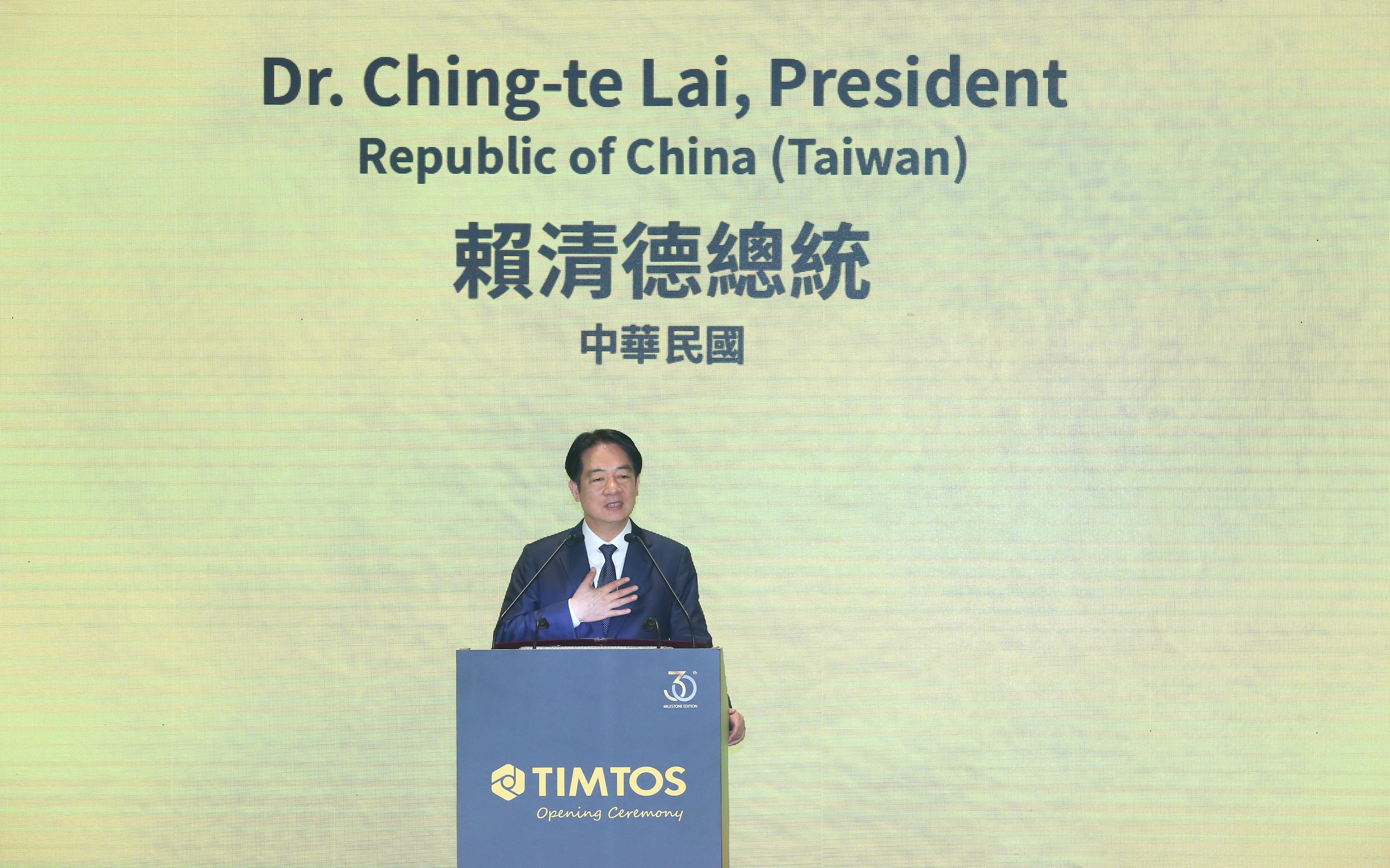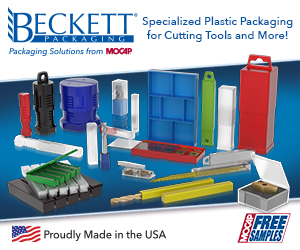When it comes to weddings, pearls and sweet pea lilies are traditionally exchanged to celebrate a 30th anniversary. At the 30th milestone edition of the Taipei International Machine Tool Show (TIMTOS), however, it was machining equipment and orchids that took center stage. The event was held March 3–8 at the Taipei Nangang Exhibition Center Halls 1 and 2 and the Taipei World Trade Center Hall 1 in Taiwan.
More than 1,000 exhibitors filled 6,100 booths during the show. Organizers reported that TIMTOS welcomed 4,163 international buyers from 90 countries—marking a 5.1% increase compared to the previous edition.
TIMTOS is co-organized by the Taiwan External Trade Development Council (TAITRA) and the Taiwan Association of Machinery Industry (TAMI). James C.F. Huang, chairman of TAITRA, kicked off the opening ceremony on March 3. He noted that the now-biennial show was first held 50 years ago and emphasized that innovation remains a central theme. “Innovation is all about stepping up when opportunity knocks,” he said.
Huang highlighted the role of machine tools as the foundation of innovation. “They don’t just build products—they build entire industries: aerospace, semiconductors, defense, next-gen communications, and more. Every breakthrough in these fields depends on cutting-edge machine tools.”
As manufacturing shifts from Industry 4.0 toward artificial intelligence (AI), Huang stressed that AI is opening new frontiers in thinking, design, and production. “No industry can afford to sit this one out. AI and automation aren’t just the future—they’re the key to the next wave of industrial transformation.”
Huang also touched on the importance of leadership. According to him, Taiwan is making significant advances in AI, transforming industries and driving global progress under the leadership of President Lai Ching-te. “In this changing world we live in, as President Lai has always said, we should be the one who plays chess, not the one who plays checkers.”

In his remarks at the opening ceremony, President Lai emphasized the need to lower the cost of digital transformation while building low-carbon manufacturing capabilities and shifting toward more value-added industries—such as electric vehicles, drones, aerospace products, security equipment, and semiconductors. He also noted that the continued development of AI and robotics depends on contributions from the machine tool industry.
Since AI-driven innovation comes at a high cost, Lai called for support from both government and financial institutions. He advocated for tax incentives and financial assistance to help manufacturers invest in the future.
One of the featured speakers at the March 4 TIMTOS Keynote X Forum 2025, held at the Taipei International Convention Center, was Christine Herbst-Kubitz, general manager of Siemens Taiwan Digital Industries. Her presentation focused on driving sustainable automation with AI technology.
To boost efficiency, scalability, and integration, Herbst-Kubitz said, AI must be “industrial grade.” She added that industrial AI must be accessible to all—enabling the democratization of AI—and must be supported by strong ecosystems, such as the Siemens Machinum CNC digitalization portfolio.
Herbst-Kubitz emphasized the importance of boosting energy and resource efficiency while decarbonizing for sustainability. A digital twin, she explained, fully replicates the physical machine, delivering a sustainability advantage by eliminating costly prototyping and manual design changes. “The game changer is combining the real and digital worlds,” she said.
She also urged manufacturers to leverage the power of data—consuming less energy to generate more insights. Through digitally optimized production, data analysis, virtual commissioning, and integrated drive technologies, industries can achieve up to 40% energy savings and the corresponding reductions in carbon emissions.
By monitoring machine and process performance and feeding that data back into design and planning, resource use and the ecological footprint can be continuously optimized throughout a machine’s lifecycle, she noted.
On the show floor, a renewable energy–themed guided tour featured select exhibits, including the booth of Palmary Machinery Co. Ltd. of Taichung City, Taiwan. Known for its environmentally friendly and highly productive equipment, Palmary showcased the PCB-6040-3 CNC bearing-type centerless grinder. According to sales manager Elyn Huang, the machine can straighten tungsten-carbide rods to a roundness tolerance of just 5µm (0.0002").
Palmary reported that the grinder's double-support, bearing-type spindles apply even grinding force across the contact surface. During operation, the stress is evenly distributed on both ends of the spindle to prevent tapered workpieces.
TIMTOS will return in March 2027. For more information, visit www.timtos.com.tw.
Contact Details
Related Glossary Terms
- computer numerical control ( CNC)
computer numerical control ( CNC)
Microprocessor-based controller dedicated to a machine tool that permits the creation or modification of parts. Programmed numerical control activates the machine’s servos and spindle drives and controls the various machining operations. See DNC, direct numerical control; NC, numerical control.
- grinding
grinding
Machining operation in which material is removed from the workpiece by a powered abrasive wheel, stone, belt, paste, sheet, compound, slurry, etc. Takes various forms: surface grinding (creates flat and/or squared surfaces); cylindrical grinding (for external cylindrical and tapered shapes, fillets, undercuts, etc.); centerless grinding; chamfering; thread and form grinding; tool and cutter grinding; offhand grinding; lapping and polishing (grinding with extremely fine grits to create ultrasmooth surfaces); honing; and disc grinding.
- robotics
robotics
Discipline involving self-actuating and self-operating devices. Robots frequently imitate human capabilities, including the ability to manipulate physical objects while evaluating and reacting appropriately to various stimuli. See industrial robot; robot.
- tolerance
tolerance
Minimum and maximum amount a workpiece dimension is allowed to vary from a set standard and still be acceptable.









